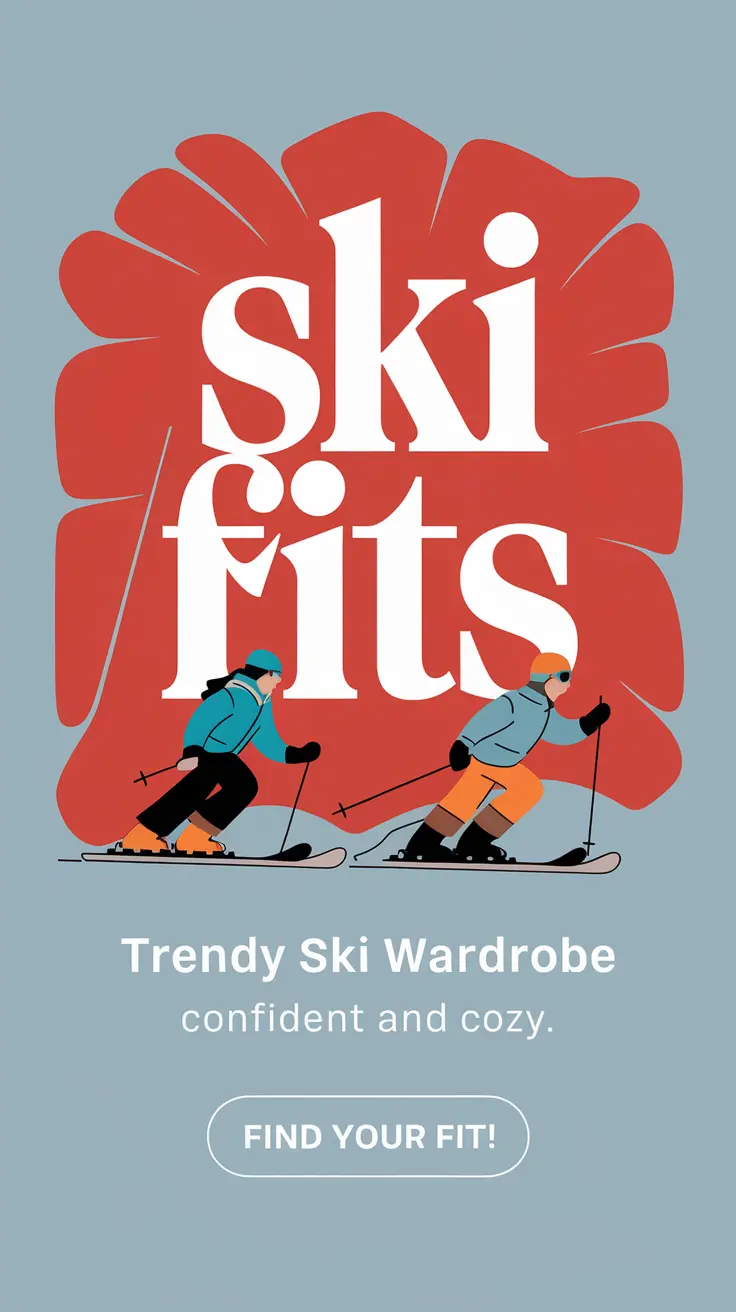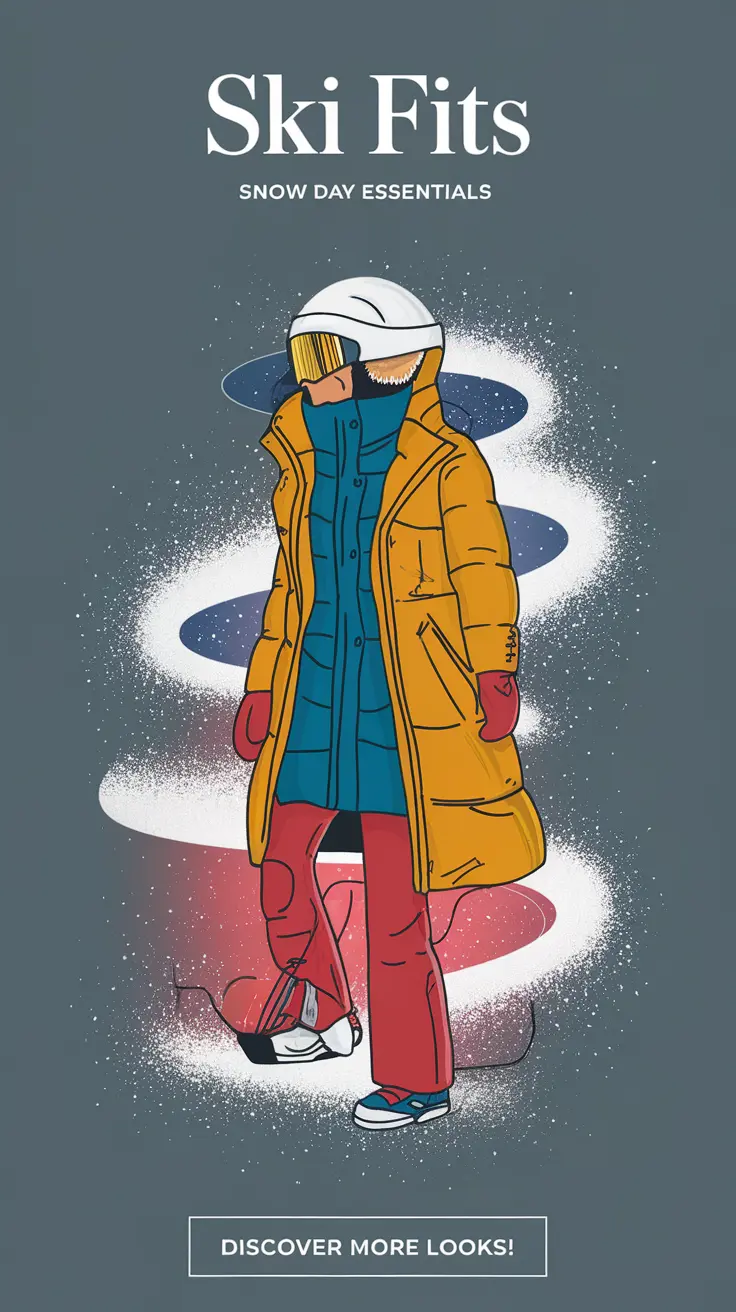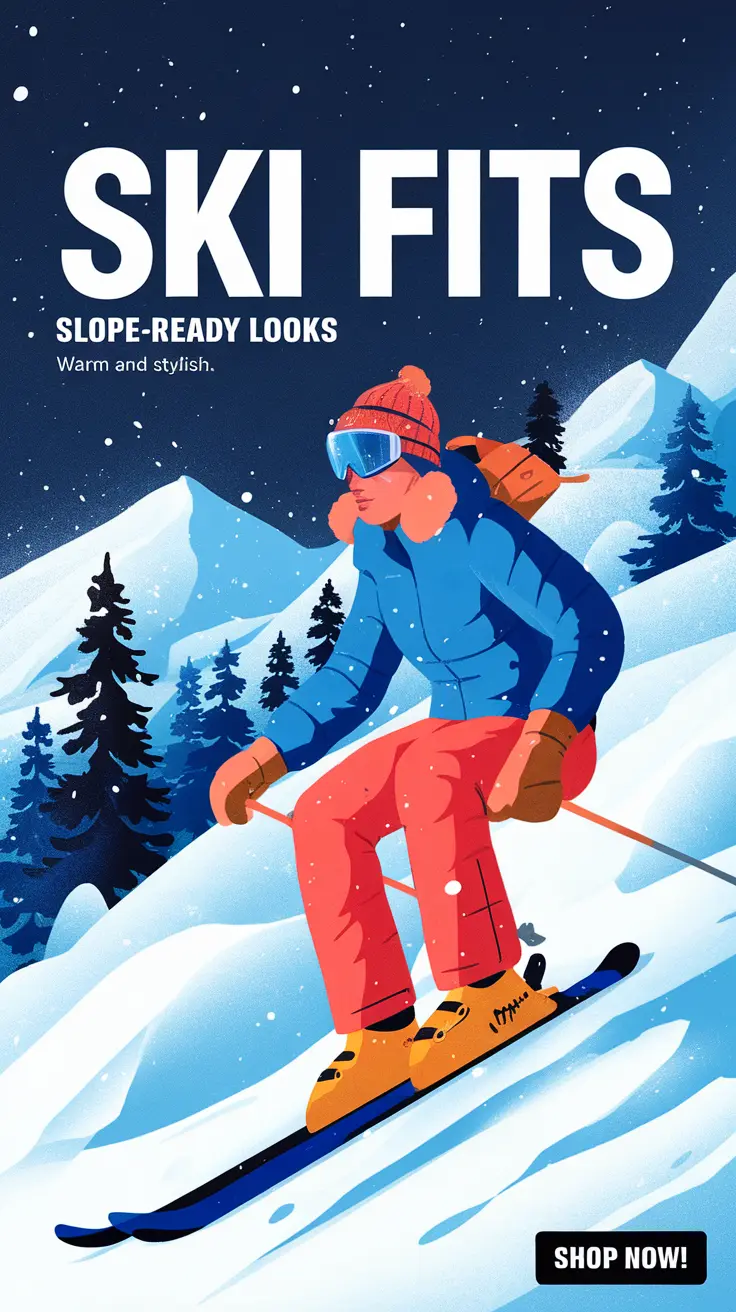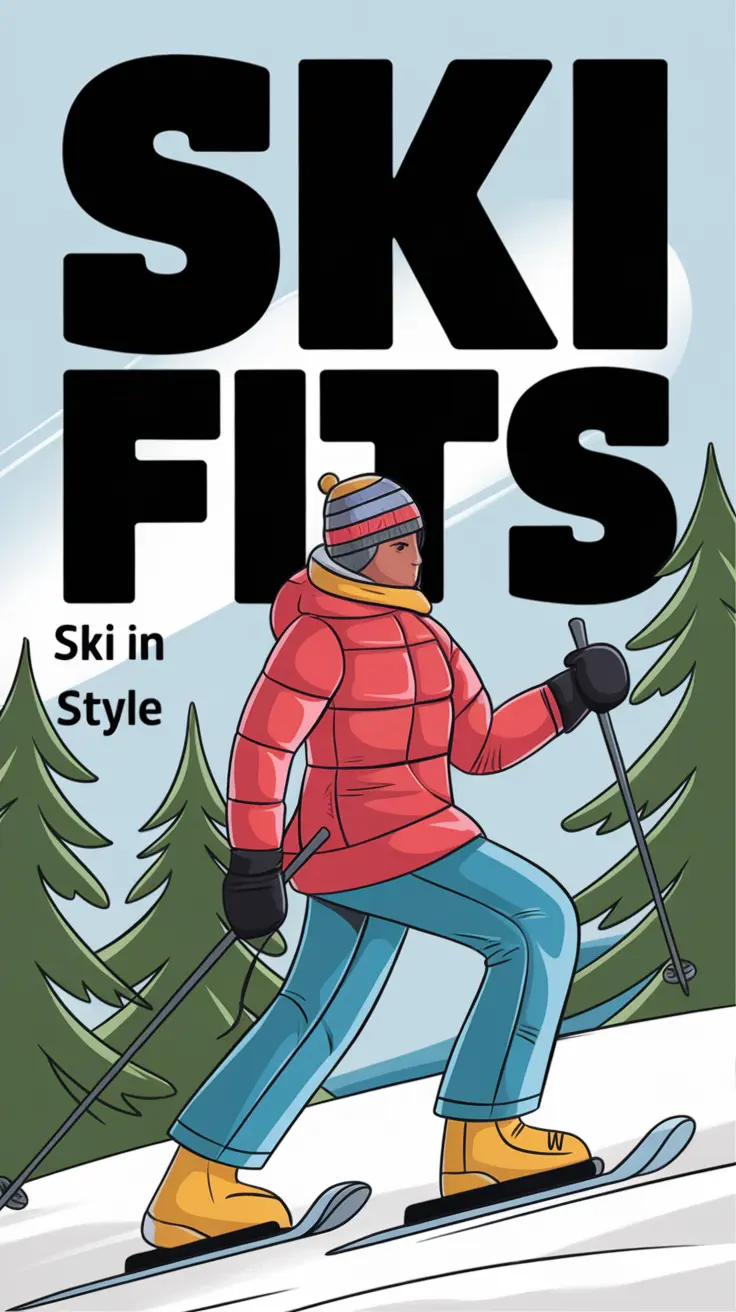Y2k Fashion Outfits
Ski Fits That Combine Warmth and Style on the Slopes
The Ultimate Guide to Finding the Perfect Ski Fits: 7 Essential Tips for Every Skier
As winter approaches and the mountains beckon, the importance of finding the right ski fits cannot be overstated. Whether you’re a seasoned pro or a first-time skier, having the right gear can make or break your experience on the slopes. In this article, we’ll explore the essential tips and tricks to ensure your ski fits are not only comfortable but also enhance your performance. Get ready to hit the slopes with confidence as we dive into the world of ski fits!
1. Understand Your Skiing Style
Different skiing styles require different fits. Are you a freestyle skier, a racer, or someone who enjoys leisurely runs? Knowing your style helps you choose the right ski length, width, and flex, ensuring optimal performance.
- Freestyle: Shorter skis for tricks and jumps.
- Racing: Longer, stiffer skis for speed.
- All-Mountain: Versatile skis for varied terrain.

2. Measure Your Foot Size Accurately
Use a Brannock device or measure your foot at home to get an accurate size. A proper fit prevents discomfort and enhances control while skiing, reducing the risk of injury. Remember, even slight variations in size can impact your performance.
| Measurement Method | Details |
|---|---|
| Brannock Device | Most accurate; measures length and width. |
| Home Measurement | Use a ruler; measure length from heel to toe. |

3. Choose the Right Boot Flex
Learn about soft, medium, and stiff flex ratings and how they correspond to your skill level and skiing style. The right flex allows for better energy transfer and responsiveness, making your skiing experience more enjoyable.
- Soft Flex: Ideal for beginners and casual skiers.
- Medium Flex: Suitable for intermediate skiers.
- Stiff Flex: Best for advanced and expert skiers.

4. Consider Foot Shape and Volume
Recognize that not all feet are created equal; some are wider, narrower, or have higher arches. Explore options like custom footbeds or heat-moldable liners for a personalized fit, ensuring maximum comfort and performance.
| Foot Shape | Recommended Solutions |
|---|---|
| Wide Feet | Look for boots with a wider last. |
| Narrow Feet | Consider boots with adjustable buckles. |

5. Don’t Overlook Socks
Choose moisture-wicking, thin socks designed specifically for skiing to avoid bunching and blisters. The right socks can enhance comfort and warmth, contributing to a better overall skiing experience.
- Opt for synthetic or merino wool materials.
- Avoid cotton socks, as they retain moisture.

6. Try Before You Buy
Always try on ski boots with the socks you plan to wear and walk around in them to assess comfort. If possible, rent or demo skis and boots before making a purchase to ensure they meet your needs.
- Check for pressure points while standing.
- Ensure your toes lightly touch the front of the boot.

7. Seek Professional Help
Consider visiting a professional ski shop for a fitting session with experienced staff. They can provide insights on the latest technology and gear that suits your skiing style and preferences, ensuring you make informed choices.
- Ask about custom fitting options.
- Inquire about the latest gear innovations.

8. Regularly Reassess Your Gear
As your skills improve or your body changes, your ski fits may need adjustments. Regularly check your gear to ensure it continues to meet your needs and enhances your skiing experience.
- Inspect your boots for wear and tear.
- Re-evaluate your fit every season.
Finding the perfect ski fits is crucial for an enjoyable and safe skiing experience. By understanding your skiing style, measuring your foot accurately, and considering factors like boot flex and foot shape, you can ensure that your gear works for you. Don’t forget to try on your gear and seek professional help when needed. Now that you’re equipped with these essential tips, it’s time to hit the slopes! Share your thoughts in the comments below, and don’t forget to check out our related posts for more skiing tips and tricks!
Key Takeaways
- Understand your skiing style to choose the right gear.
- Accurate foot measurement is essential for comfort.
- Boot flex impacts performance; choose wisely.
- Consider foot shape for a personalized fit.
- Regularly reassess your gear for optimal performance.
FAQs Section
What is the best way to measure my foot for ski boots?
Use a Brannock device or measure at home with a ruler for accuracy.
How do I know what boot flex is right for me?
Consider your skill level: beginners should opt for soft flex, while advanced skiers may prefer stiff flex.
Can I use regular socks for skiing?
No, it’s best to use moisture-wicking, thin socks designed specifically for skiing.
Why is it important to try on ski boots before buying?
Trying on boots ensures comfort and proper fit, which is crucial for performance.
How often should I reassess my ski gear?
It’s advisable to check your gear at the start of each season or whenever your skills change.

